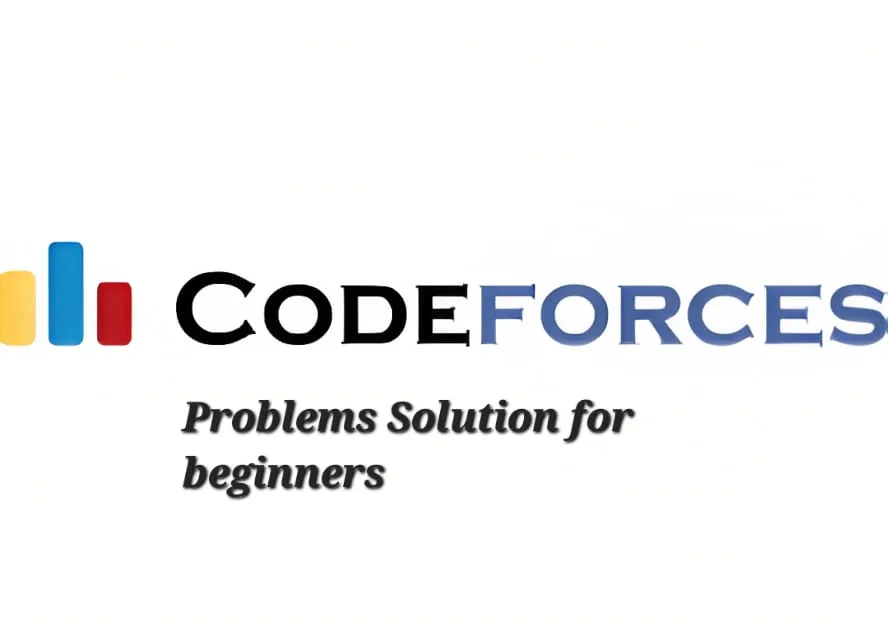by admin Introduction to Programming using Python Solutions || Python Programming Examples pdf ||Introduction to programming using Python Contents hide 1 Python Programming Examples pdf 2 Introduction to programming using Python exercise solutions 3 1. Variables and Data Types 4 2. Basic Operations 5 3. Control Structures >> Introduction to programming using Python exercise solution 6 4. Functions 7 5. Lists and Dictionaries 8 6. File I/O 9 7. Exception Handling 10 8. Classes and Objects 11 Conclusion 12 Python exercises for Beginners with solutions
Introduction to Programming using Python Solutions

1. Variables and Data Types
Variables are used to store data, and Python supports various data types such as integers, floats, strings, and booleans.
# Example: Variables and Data Types
age = 25 # Integer
height = 5.9 # Float
name = "Alice" # String
is_student = True # Boolean
print(f"Name: {name}, Age: {age}, Height: {height}, Is Student: {is_student}")2. Basic Operations
Python supports basic arithmetic operations like addition, subtraction, multiplication, and division.
# Example: Basic Operations
a = 10
b = 3
sum_result = a + b
diff_result = a - b
prod_result = a * b
div_result = a / b # Division always returns a float
mod_result = a % b # Modulus operation
print(f"Sum: {sum_result}, Difference: {diff_result}, Product: {prod_result}, Division: {div_result}, Modulus: {mod_result}")3. Control Structures >> Introduction to programming using Python exercise solution
Control structures like if-else statements and loops (for and while) are used to control the flow of the program.
# Example: If-Else Statement
number = 7
if number % 2 == 0:
print(f"{number} is even")
else:
print(f"{number} is odd")
# Example: For Loop
for i in range(5):
print(f"Iteration {i}")
# Example: While Loop
count = 0
while count < 5:
print(f"Count: {count}")
count += 14. Functions
Functions are reusable blocks of code that perform a specific task.
# Example: Function Definition and Call
def greet(name):
return f"Hello, {name}!"
message = greet("Alice")
print(message)5. Lists and Dictionaries
Lists and dictionaries are common data structures in Python.
# Example: List
fruits = ["apple", "banana", "cherry"]
fruits.append("date")
print(f"Fruits: {fruits}")
# Example: Dictionary
person = {
"name": "Alice",
"age": 25,
"is_student": True
}
print(f"Person: {person}")6. File I/O
Reading from and writing to files is a common task in programming.
# Example: Writing to a File
with open("example.txt", "w") as file:
file.write("Hello, World!")
# Example: Reading from a File
with open("example.txt", "r") as file:
content = file.read()
print(content)7. Exception Handling
Handling exceptions is crucial for building robust programs.
# Example: Exception Handling try:
result = 10 / 0
except ZeroDivisionError as e:
print(f"Error: {e}")
finally:
print("This block always executes")//introduction to programming using python 8. Classes and Objects
Python is an object-oriented programming language, and classes are used to create user-defined data structures.
# Example: Class and Object
class Person:
def __init__(self, name, age):
self.name = name
self.age = age
def greet(self):
return f"Hello, my name is {self.name} and I am {self.age} years old."
# Creating an object of the Person class
person = Person("Alice", 25)
print(person.greet())Conclusion
These examples cover some of the basic concepts in Python programming. As you progress, you’ll encounter more advanced topics such as modules, libraries, and frameworks. For further reading, I recommend the official Python documentation and tutorials on platforms like Real Python.





